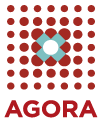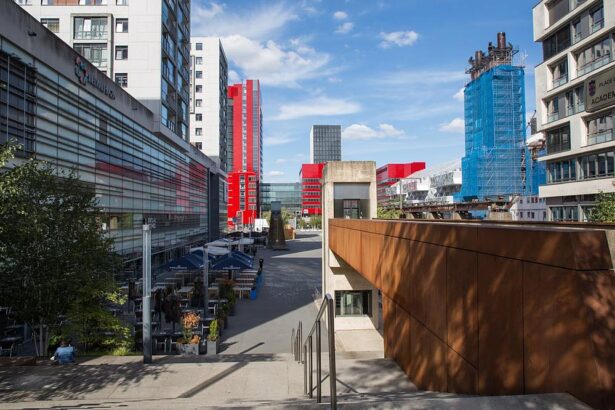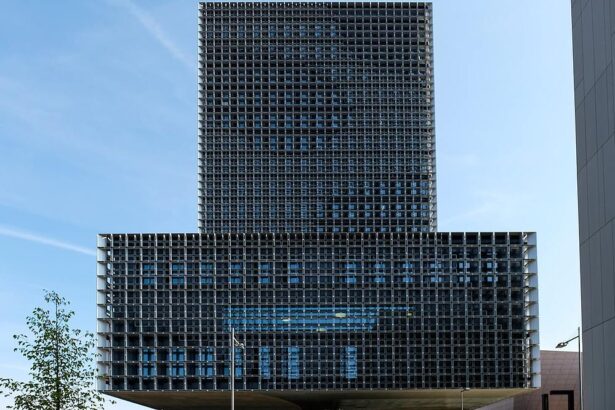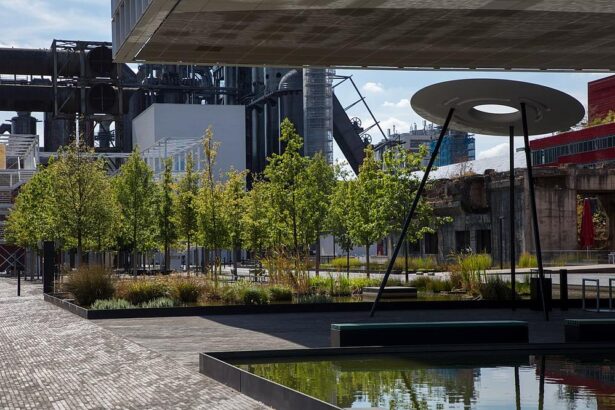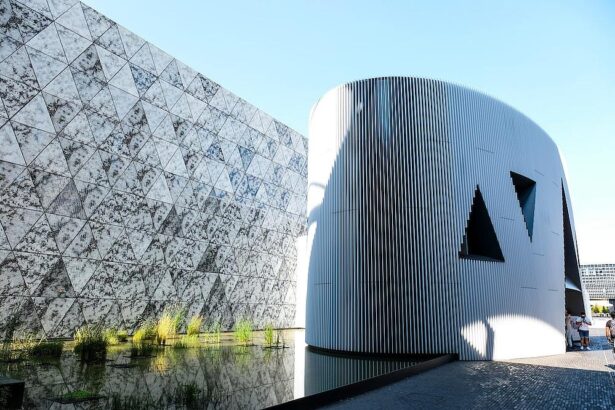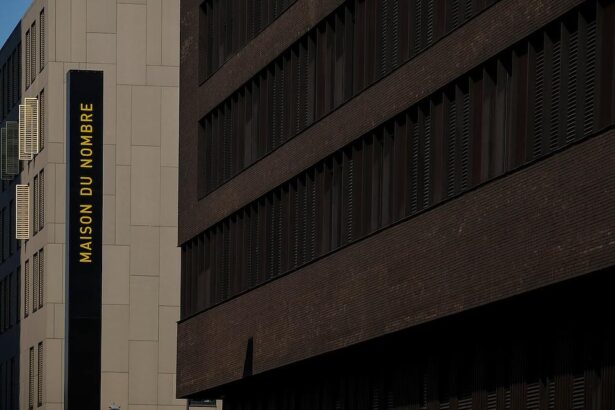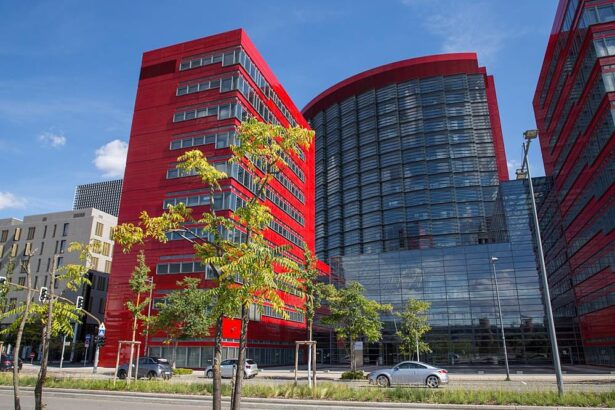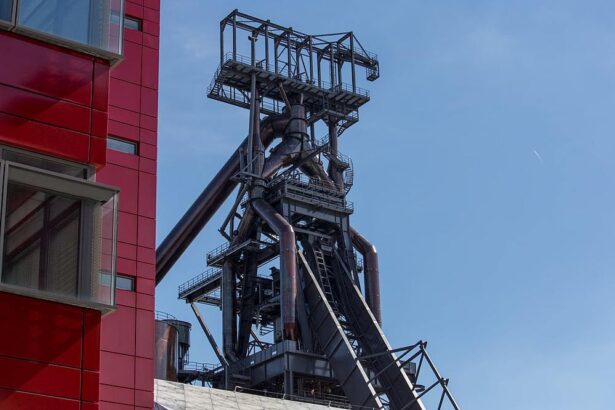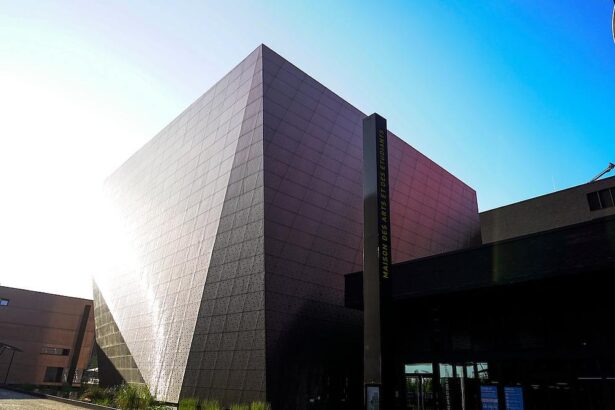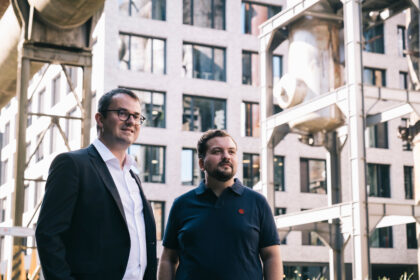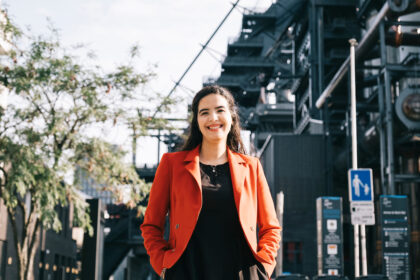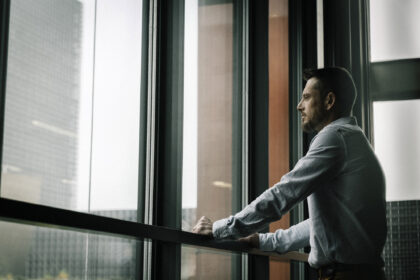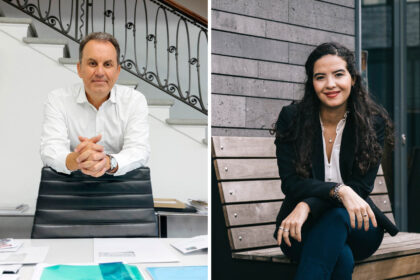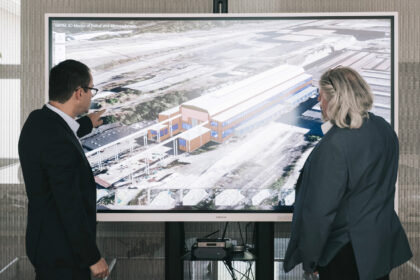BELVAL
FROM STEEL TO INNOVATION IN TWO DECADES
In 2001, the half-demolished ArcelorMittal factory that had been left to the mercy of nature was overgrown with vegetation. Twenty years later, a modern urban quarter proudly stood in its place. Belval not only inspired the founding of AGORA, but also reinforced the company’s expertise along the entire value chain of brownfield development.
Today, Belval is a mixed neighbourhood that provides a home to residents, research institutes and businesses. Since the University of Luxembourg has installed its campus here, it has turned into a ‘Site of Knowledge’. It is also a flagship location for start-ups and the data sector.
The blast furnaces – steel towers that are legacy of the site’s industrial past – have been seamlessly integrated into the urban landscape. The former sinter basins will be converted into a vibrant public square. The exciting contrast between past and present can be witnessed throughout Belval.
Equipped with a modern transport infrastructure, Belval is also reputed today for its parks and cultural venues such as the Rockhal, one of the most popular concert halls in Luxembourg and the Greater Region (Saarland, Lorraine and Luxembourg).
THE STORY BEHIND BELVAL
Embark on a journey through the past few decades. The timeline below takes you through the different chapters of Belval’s history, some more well-known than others. Discover the legendary forest, the booming industrial site and the urban neighbourhood that it is today.

C. 1850
The local recreation area between Belvaux and Esch is not only popular; it is also extremely mysterious. Fairy tales are told of the forest that links the two residential areas and is called either “Escher Bësch” or the forest of “Claire Chêne”.
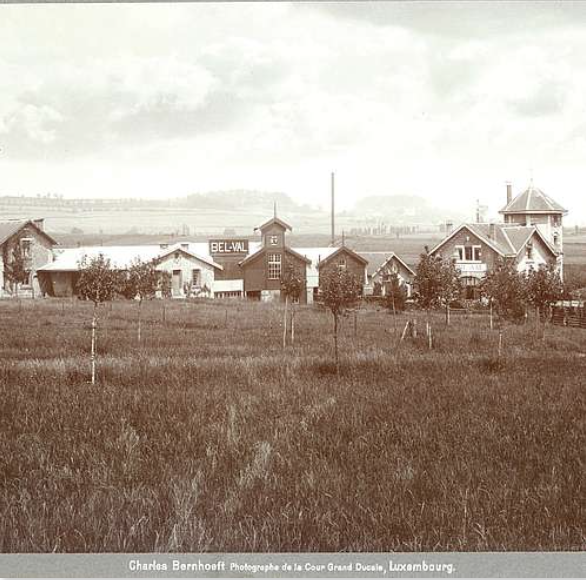
1868
The lawyer Joseph Steichen discovers a mineral spring of exceptional quality in Belval. The water becomes famous for its healing properties, and is bottled and marketed commercially from 1893. It enjoys great popularity in Belgium and the Netherlands as well as the Grand-Duchy, and achieves record sales of over 30,000 bottles in the first year.
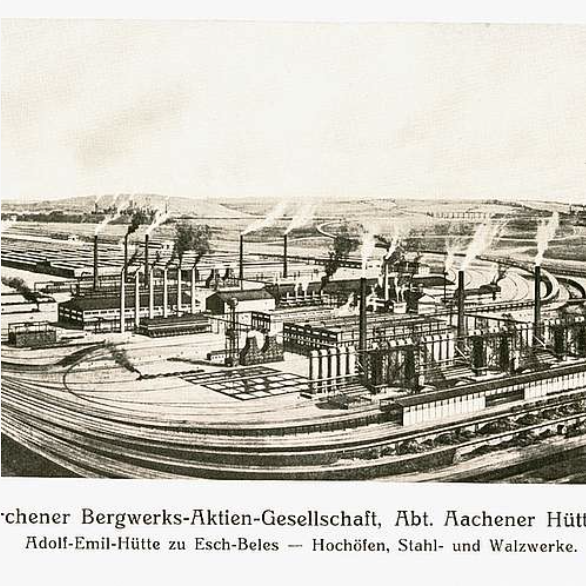
1909
The Escher Bësch forest is cleared to make way for one of the most modern steelworks of the time. From the ore dressing to the finished end product – with blast furnaces, steelworks and rolling mill, the plant carries out every stage in the production of steel. In 1913, more than 3000 steelworkers produce 400,000 tonnes of cast iron, 360,000 tonnes of steel and 297,000 of rolled products.
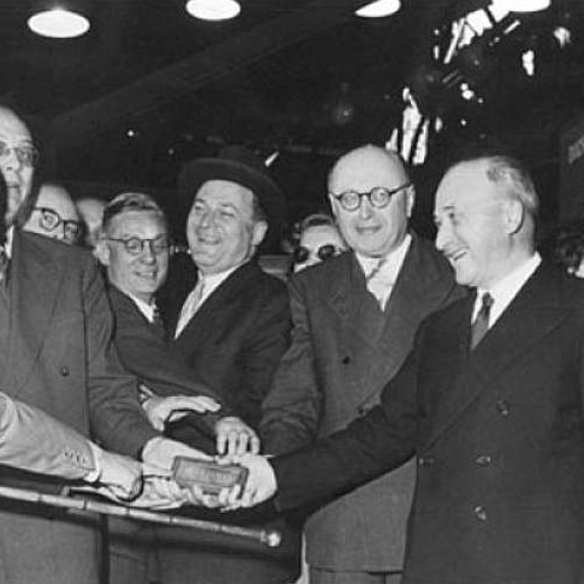
1953
On 30 April Jean Monnet, one of the founding fathers of the European Community, performed the symbolic tapping of the first European blast furnace for Montanunion in Belval.
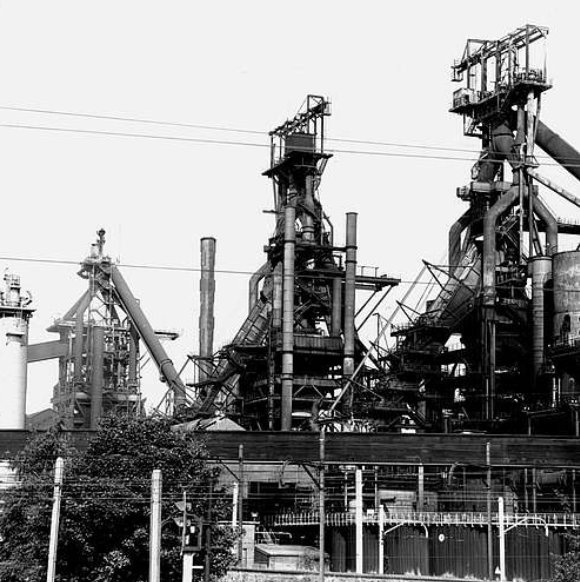
1965
The steelworks was completely refurbished and modernised; the work is completed in 1979. The six old blast furnaces are torn down and replaced by three new ones with even higher production capacities.
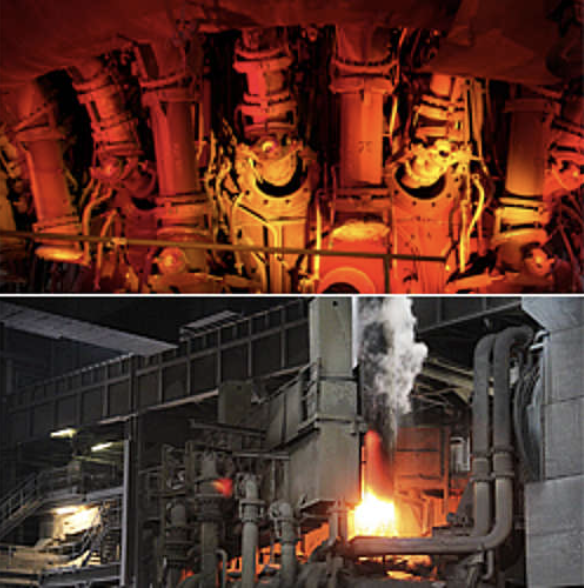
1993
One of the last three blast furnaces is sold to the Chinese Kisco steel group. Over five months, 240 Chinese labourers dismantle the more than 10,000 tons of steel and number and wrap every single piece; 20 months later, the colossus is reconstructed at its new site in Kunming in the province of Yunnan.

1995
One of the last three blast furnaces is sold to the Chinese Kisco steel group. Over five months, 240 Chinese labourers dismantle the more than 10,000 tons of steel and number and wrap every single piece; 20 months later, the colossus is reconstructed at its new site in Kunming in the province of Yunnan.

1997
The era of iron production in Belval-Ouest draws to a close. The only remaining functional blast furnace is shut down with a symbolic final tapping. Discussions start concerning possible future uses of the approx. 120 hectare site.

2000
The state of Luxembourg and the Arbed steel group (now ArecelorMittal) set up the Agora development company together. They are to plan and build a modern, lively city quarter on the decommissioned Belval industrial site.

2001
Together with the Ministry of the Interior, Agora calls an urban development competition for the construction of a master plan as the foundation for all further development of the new city quarter. It is won by Jo Coenen & Co. of Maastricht (now represented by the Mars offices) and the landscape designers Lubber of ‘s-Hertogenbosch (now represented by the Elyps offices).

2002
Foundation of the Fonds Belval. As a public office, its role is as the “City of science, research and innovation”, in other words, the implementation of the state investment programme in Belval.In June, over 10,000 people take part in the Steel Works Festival in Belval. The performers include Nina Hagen and the band Indochine.

2005
Opening of the Rockhal, Luxemburg’s biggest concert hall.The relocation of the “Gabriel Lippmann” research centre sees the arrival of the first scientists in Belval.

2006
The industrial area had not been open to the public for almost 100 years – and now some 1000 visitors attend the official reopening of Belval. Belval’s new landmark, the red bank building of Dexia (now BIL), opens at the end of 2006. 1400 members of staff of RBC Dexia Investor Service (now RBC Investor Services) move into the first section of the building.

2007
The old blasting hall is the venue for the “All we need” exhibition, part of the programme for the European Capital of Culture year of Luxemburg and the greater region.

2008
Opening of Belvalplaza I, the multifunction centre with apartments, a shopping mall, cafés, restaurants and a multiplex cinema with 1500 seats. Thousands of visitors take the opportunity to be there on the opening day – despite having to queue for hours.

2009
The first residents of Belval Nord are welcomed with a charming neighbourhood party. Also the official start on the construction of the Maison du Savoir, the main building of the future university campus.

2010
Inauguration of the new station “Belval University”, which replaces the old “Belval Usines” stop. In future, 100 trains will stop here every day, allowing around 32,000 people to board and disembark.The second section of the multifunction centre Belvalplaza with apartments, shops, restaurants and a supermarket is opened in the autumn.

2011
Inauguration of the first building of the new university campus, the “House of Biomedicine”, at the 1st International Systems Biomedicine Symposium in Luxemburg. Over 70 members of staff of the Research Institute of Biotechnology work here.

2012
The Technoport business centre moves into its new premises in what used to be the steelworkers' changing rooms. The state's new, 60-metre high, 12-storey administrative building is completed at the end of the year. It is home to the national environmental administration, the water authority, the data protection commission and the Fonds Belval.

2013
The foundation stone for the new university library is laid. The new Park & Rail building opens in October with a total of 1622 parking spaces for rail commuters. And at the end of the year it's "Happy Birthday" – the Belvalplaza Shopping Centre celebrates its 5th birthday.

2014
Following extensive conservation work in recent years, the blast furnace system at Belval once again shines in a new light. Embedded in the new urban context, the plant is now open to visitors – and a source of information on the steel production for which Belval used to be famous. The festival lighting of the blast furnaces designed by Ingo Maurer is used for the first time to mark the first Blast Furnace Festival in July.

2015
The new Park Belval is given its new name of "Park around Belval", and is opened with a big celebration. And in September it's finally time for the first university semester on the new Campus Belval. Uni-Val 1, the first hall of residence, opens its doors at the same time.

2016
In line with the "Meet the Artist" series, the first artists of the Public Art Experience Project Belval introduce themselves and their work. In December, after a 10-year construction period, the 735-metre tunnel under Belval is opened to traffic. It is the main part of the new construction section of the Liaison Micheville, the new arterial road between Luxembourg and France.

2017
Belval exceeds the million square metres sold. The site is one of the major development centres in the Grand Duchy and the Greater Region.

2018
The two districts of Belval Nord and the terrace of the Blast-Furnaces are fully commercialized. The university library, the so-called the Luxembourg Learning Center, opens its doors and offers students a state-of-the-art environment in addition to offering so-called traditional library services. The site has a total of 17,000 daily occupants, including more than 3,000 inhabitants, 5,700 pupils, students, assistants, researchers and more than 8,500 employees.
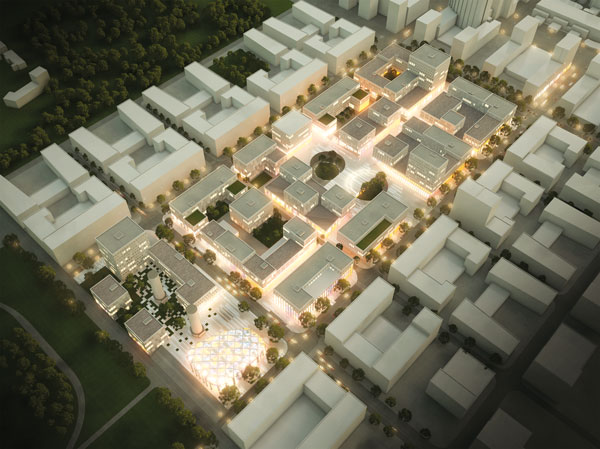
2019
AGORA officially launches the development of the Central Square neighbourhood
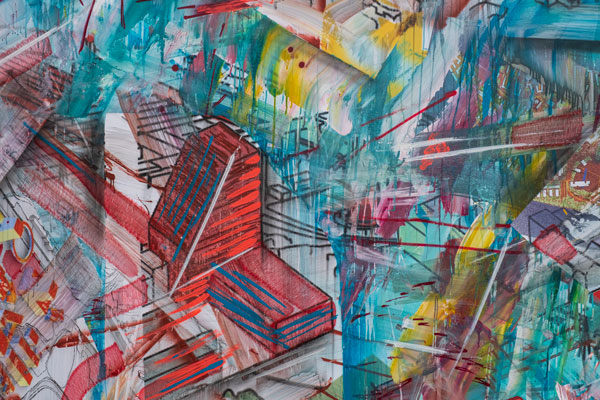
2020-2021
AGORA celebrates 20 years at Belval
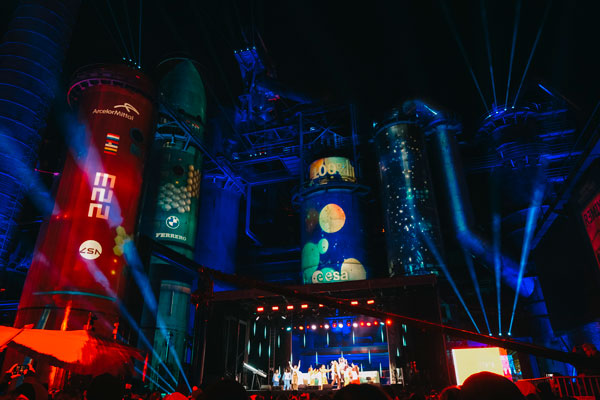
2022-2023
Belval hosts Esch 2022 – European Capital of Culture
THE LATEST NEWS ABOUT BELVAL CAN BE FOUND ON THE AGORA BLOG
Belval reinvents itself: towards a new era of urban mobility
Belval, once a symbol of heavy industry, is now at the forefront…
Major consultation on urban life in Belval: successes and potential improvements
A vast consultation process on life in Belval and the district's urban…
Towards urban autonomy: developing an eco-responsible neighbourhood where everything is within reach
Urban autonomy is a city's ability to manage itself while promoting proximity,…
How BIM and digital twins are revolutionising urban design in Belval and Metzeschmelz
A quest: to understand how the design of urban neighbourhoods is being…
Urban resilience, a key concept for the long-term planning of our neighbourhoods
Strengthen the capacity of cities to survive, adapt and thrive in the…
Towards digital twins of Belval and Metzeschmelz, in collaboration with the LIST
Imagine our urban neighborhood replicated in a live 3D model, or even…
